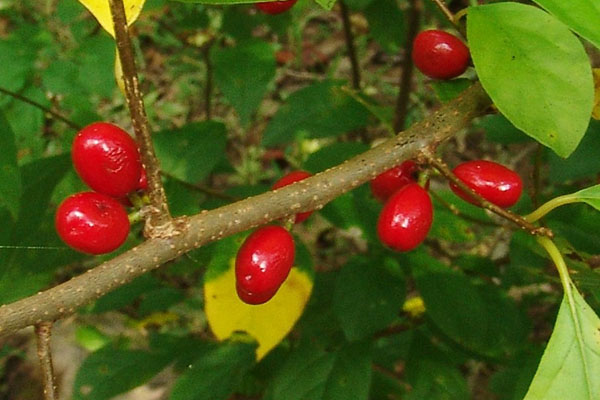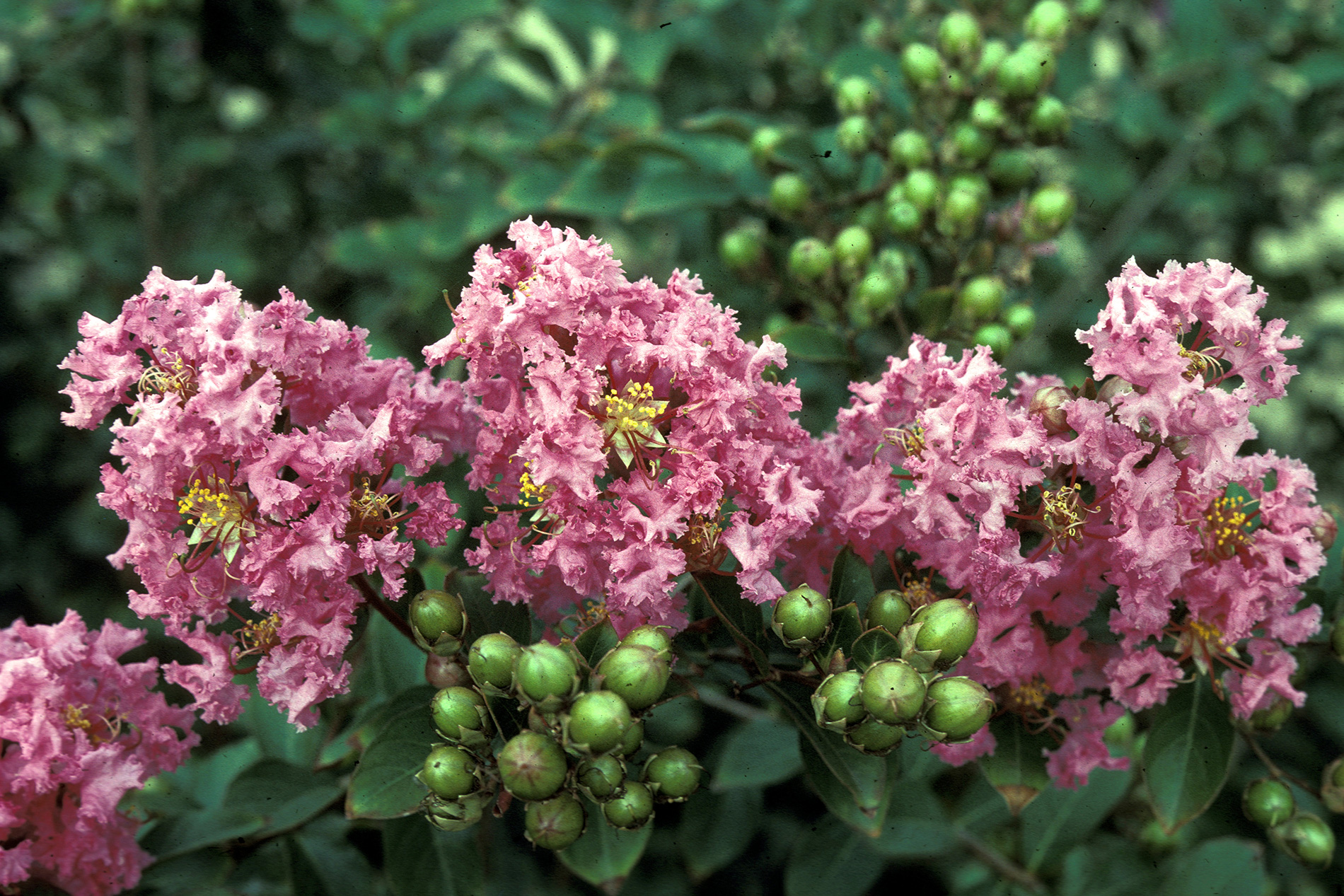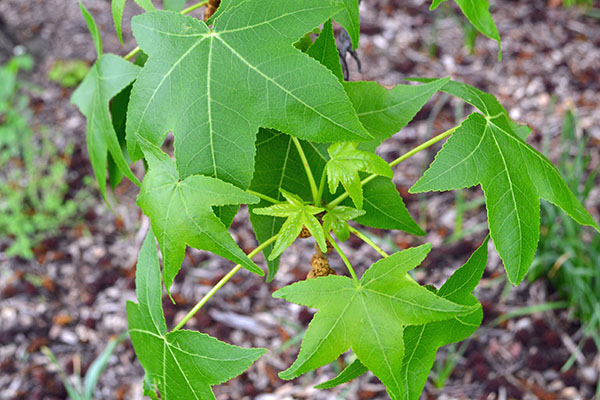Lindera benzoin
Spicebush
Eastern US, Maine to Fla., west to Ks. and Tex.
Usually rounded shrub in outline, somewhat loose and open in the wild; dense, full, and broad-rounded in full sun.
Does best in moist, well rained soils. Hard to establish due to dense fibrous root system
Lindera benzoin is a native shrub with many attributes. It grows 6-12 feet high with a similar spread and generally rounded in outline. The leaves are alternate, oblong-obovate, 3-5 inch long and bright green in summer. Fall color is a lovely yellow to gold. Flowers emerge in early to mid April as a harbinger of spring. They are yellow, in axillary clusters, and emerge before the leaves. Fruits are reddish colored, oval drupes, borne in September, only on female plants. Although they are seldom noticed the have ornamental character once the leaves have fallen. Lindera is a good shrub for the border or for naturalizing.
Light green in summer, yellow-gold fall color
Buds are small, superposed, upper collaterally arranged producing green, ovoid, stalked flower buds. Vegetative buds with 3 scales, end bud lacking.
Small yellow flowers are not dramatically ornamental.
Bright red drupes (to .5 inches long) mature in fall and are attractive to birds. Female plants need a male pollinator in order to set fruit. Drupes are largely hidden by foliage until the leaves drop.
Cuttings of half-ripe shoots will root but percentages are usually not high.
'Green Gold' - Exceptionally showy large yellow flowers, male clone.
'Rubra' (f. rubra) - A brick-red, male-flowered selection; winter buds are a darker, red-brown color.
'Xanthocarpa' (f. xanthocarpa) - An orange-yellow fruited form.






